Alaska on the Norwegian Sun
We were fortunate to get a second look at Hubbard Glacier. I need to explain why glaciers appear to be blue. In non-technical terms it is the light retained by the ice when the oxygen is squeezed out and the ice particles are compacted. These fjords are extremely deep, about 1,400 feet, and so the glaciers are 2,000 feet and over in height. they are formed when the river ceases to flow and freezes. As the ice compacts on top, layer upon layer, it applies pressure to the layers below squeezing out the oxygen. The ice at the face of the Hubbard Glacier is 400 years old. so when it carves into the fjord, that is 400 year old ice breaking away and melting into the water. the blue color is the only color that is able to be retained by the ice, hence the blue appearance. Incidentally, it depends on the weather at the Glacier,as to how blue it looks. There appears to be a micro climate there because one minute we were sailing in mist and fog, and the closer we got to the glacier the sunnier the weather became. I have deliberately included a photo of a melting "blue" iceberg which shows the compacted ice. It is not the reflection of the water through the melting ice.
The "Volendam" was there when we arrived. It appeared that Captain Richard got us in closer this time around, which enabled us to see more of the glacier, hear more of the cracking, and see the actual 7 mile width better. Seeing these glaciers like this and so close was an amazing experience.
francesaustin51
10 chapters
16 Apr 2020
Return to Hubbard Glacier
Alaska
We were fortunate to get a second look at Hubbard Glacier. I need to explain why glaciers appear to be blue. In non-technical terms it is the light retained by the ice when the oxygen is squeezed out and the ice particles are compacted. These fjords are extremely deep, about 1,400 feet, and so the glaciers are 2,000 feet and over in height. they are formed when the river ceases to flow and freezes. As the ice compacts on top, layer upon layer, it applies pressure to the layers below squeezing out the oxygen. The ice at the face of the Hubbard Glacier is 400 years old. so when it carves into the fjord, that is 400 year old ice breaking away and melting into the water. the blue color is the only color that is able to be retained by the ice, hence the blue appearance. Incidentally, it depends on the weather at the Glacier,as to how blue it looks. There appears to be a micro climate there because one minute we were sailing in mist and fog, and the closer we got to the glacier the sunnier the weather became. I have deliberately included a photo of a melting "blue" iceberg which shows the compacted ice. It is not the reflection of the water through the melting ice.
The "Volendam" was there when we arrived. It appeared that Captain Richard got us in closer this time around, which enabled us to see more of the glacier, hear more of the cracking, and see the actual 7 mile width better. Seeing these glaciers like this and so close was an amazing experience.
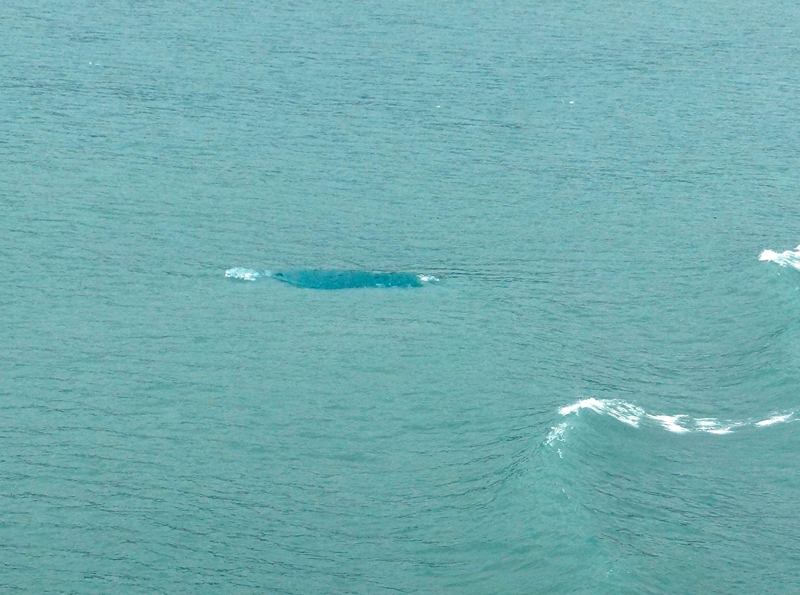
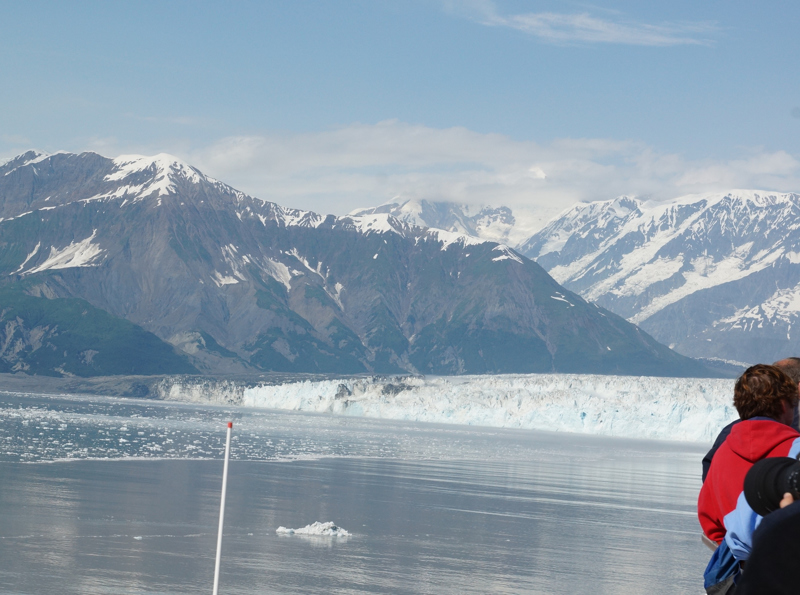
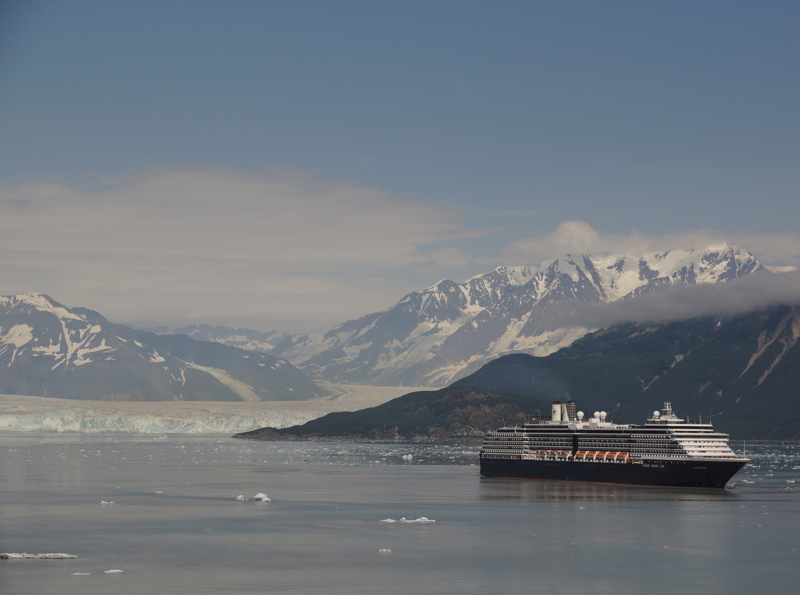
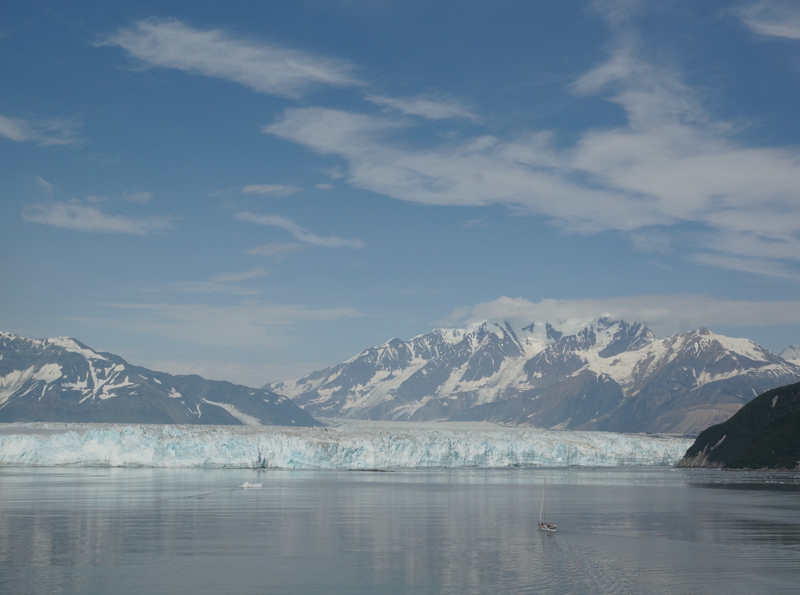
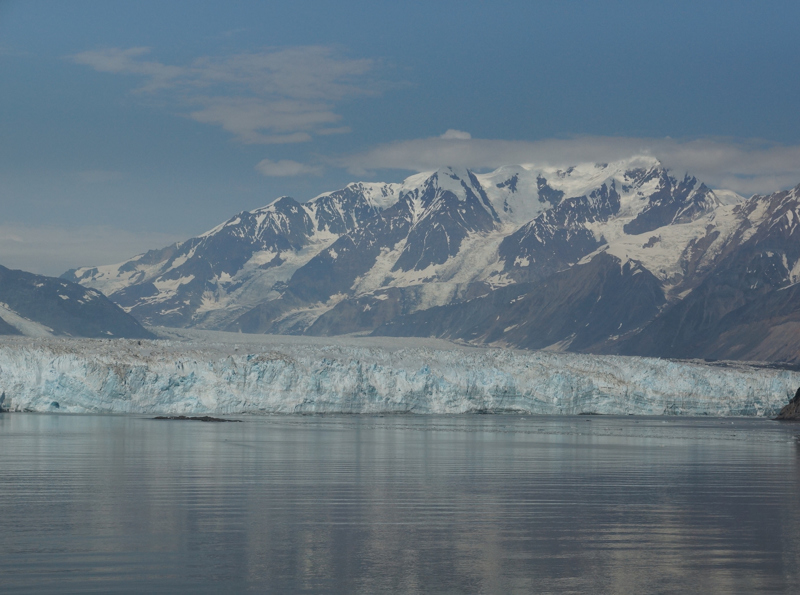

Share your travel adventures like this!
Create your own travel blog in one step
Share with friends and family to follow your journey
Easy set up, no technical knowledge needed and unlimited storage!